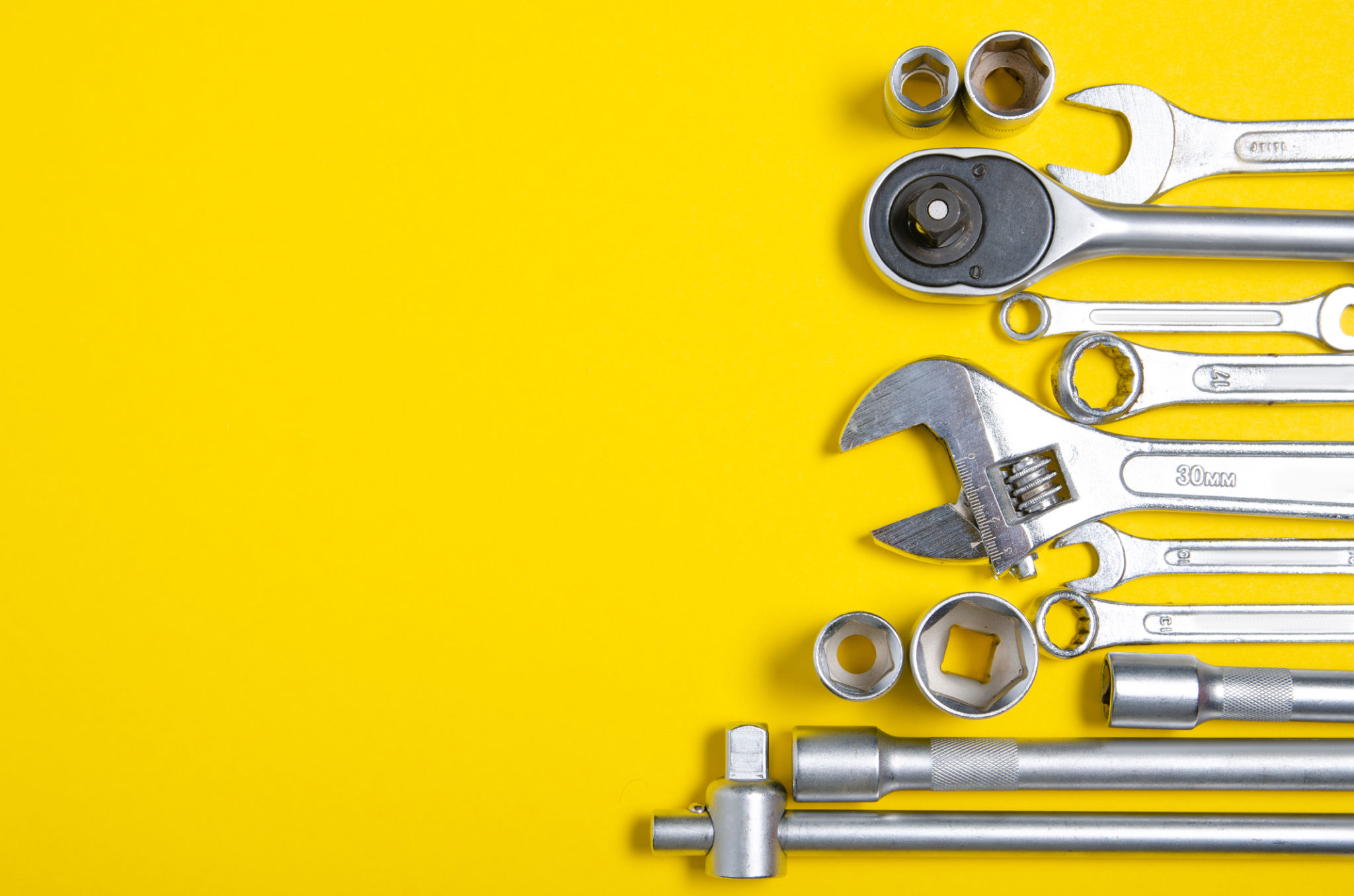DIY Guide: Replacing Your Car’s Alternator at Home
Understanding the Importance of Your Car’s Alternator
The alternator is a crucial component of your car’s electrical system. It is responsible for charging the battery and powering the electrical systems when the engine is running. Without a functioning alternator, your vehicle will eventually come to a halt as the battery depletes. Understanding how to replace an alternator yourself can save you time and money.

Gathering the Necessary Tools and Materials
Before you start, ensure you have all the necessary tools and materials. You will need a wrench set, socket set, multimeter, and a replacement alternator. Additionally, having a repair manual specific to your car model can be highly beneficial. Check with an auto parts store or online retailer to find the correct alternator for your vehicle.
Safety Precautions
Working on your car can be dangerous if proper safety precautions are not taken. Always disconnect the battery before starting your repair to prevent electric shock or damage to the vehicle's electrical system. Wear safety gloves and goggles to protect yourself from injuries.

Removing the Old Alternator
Begin by locating the alternator in your engine bay. It is usually positioned near the front of the engine, attached by a belt. Follow these steps to remove it:
- Disconnect the battery by removing the negative cable.
- Loosen the tensioner pulley to remove the serpentine belt.
- Unbolt the alternator from its bracket and disconnect all electrical connections.
- Carefully remove the old alternator from the engine bay.
Installing the New Alternator
With the old alternator removed, it’s time to install the new one. Follow these steps:
- Place the new alternator in position and secure it with bolts.
- Reconnect all electrical connections securely.
- Reinstall the serpentine belt by adjusting the tensioner pulley.

Testing Your New Alternator
Once installed, it’s crucial to test your new alternator to ensure it functions correctly. Reconnect the battery and start your car. Use a multimeter to check the voltage output; it should read between 13.5 and 14.5 volts with the engine running. If not, recheck your installation.
Troubleshooting Common Issues
If you encounter issues during the installation, double-check all connections and ensure that the belt is properly aligned and tensioned. If problems persist, consult a professional mechanic for further assistance.
Replacing your car’s alternator at home can be a rewarding task that enhances your mechanical skills and saves on repair costs. Follow this guide carefully, and you'll have your vehicle back on the road in no time!